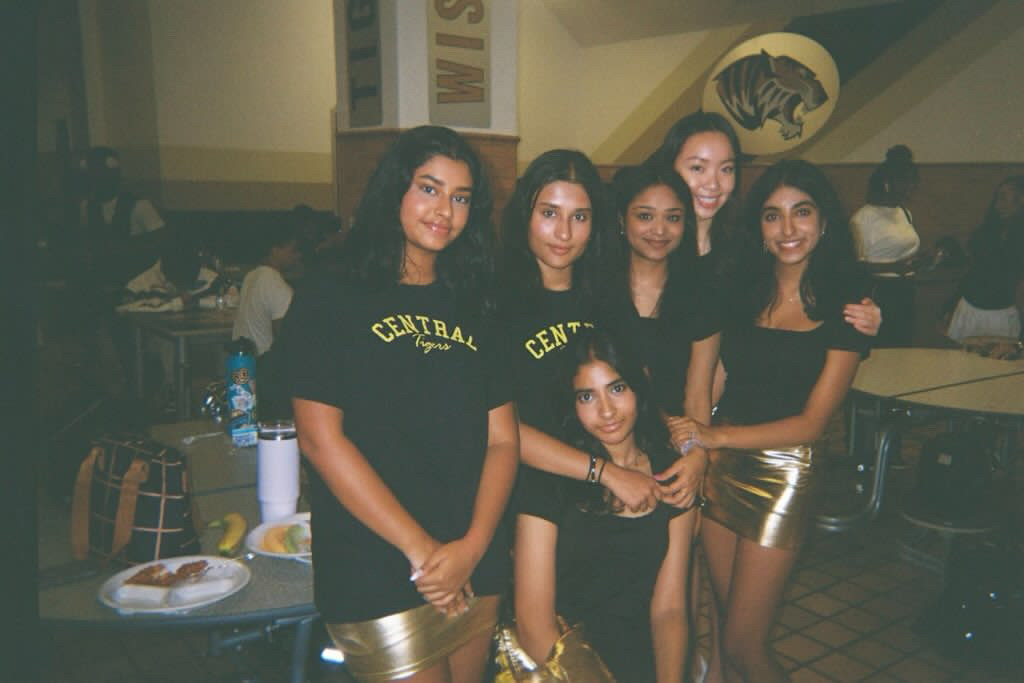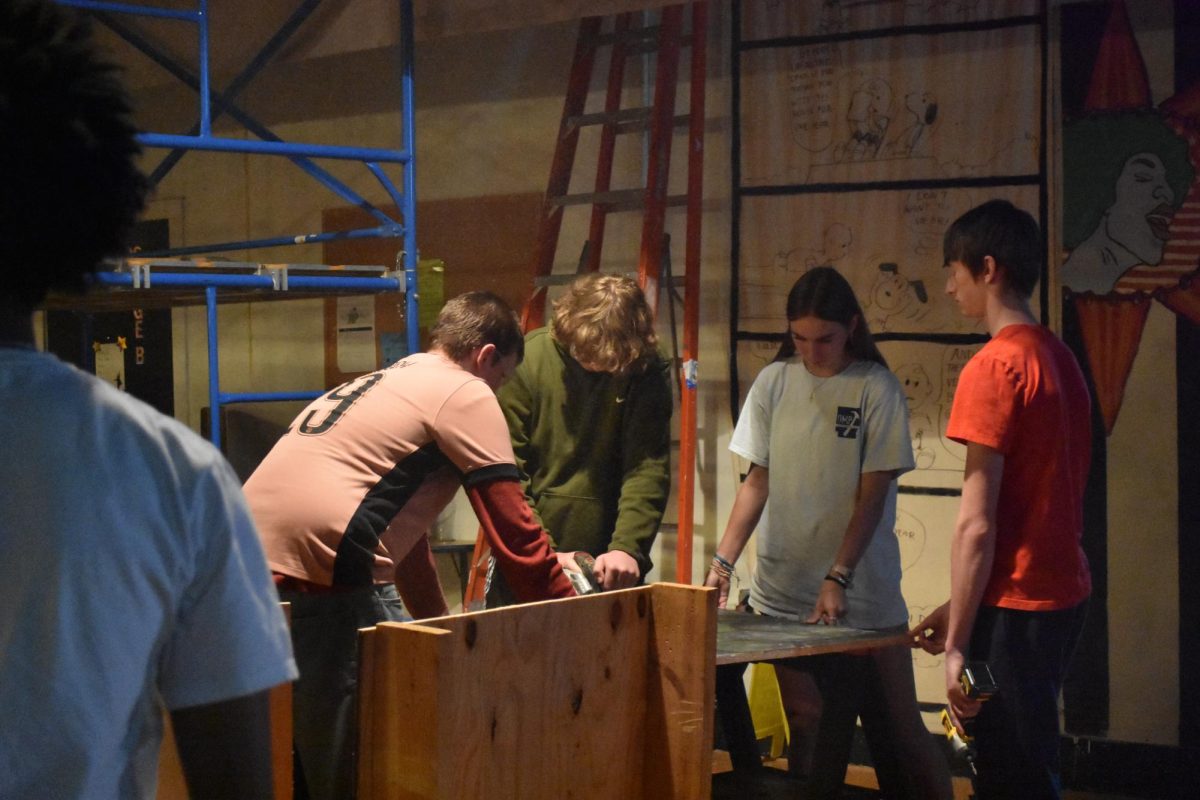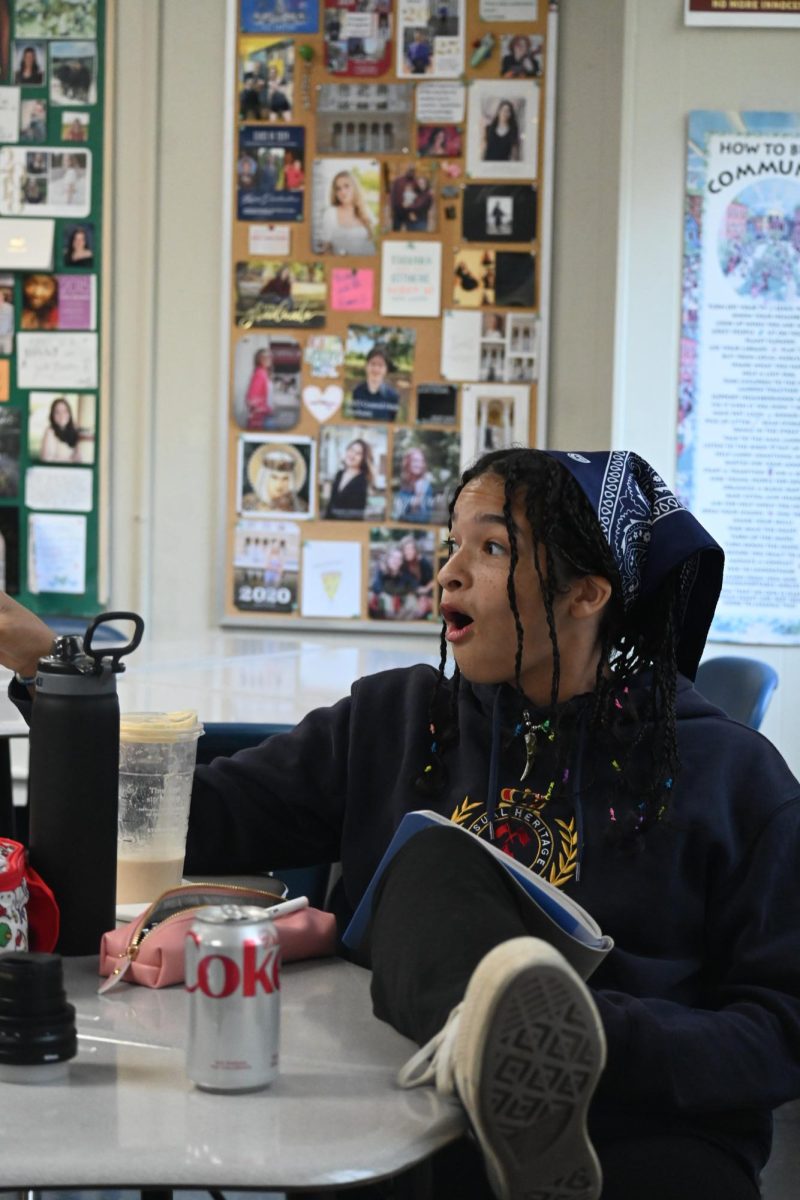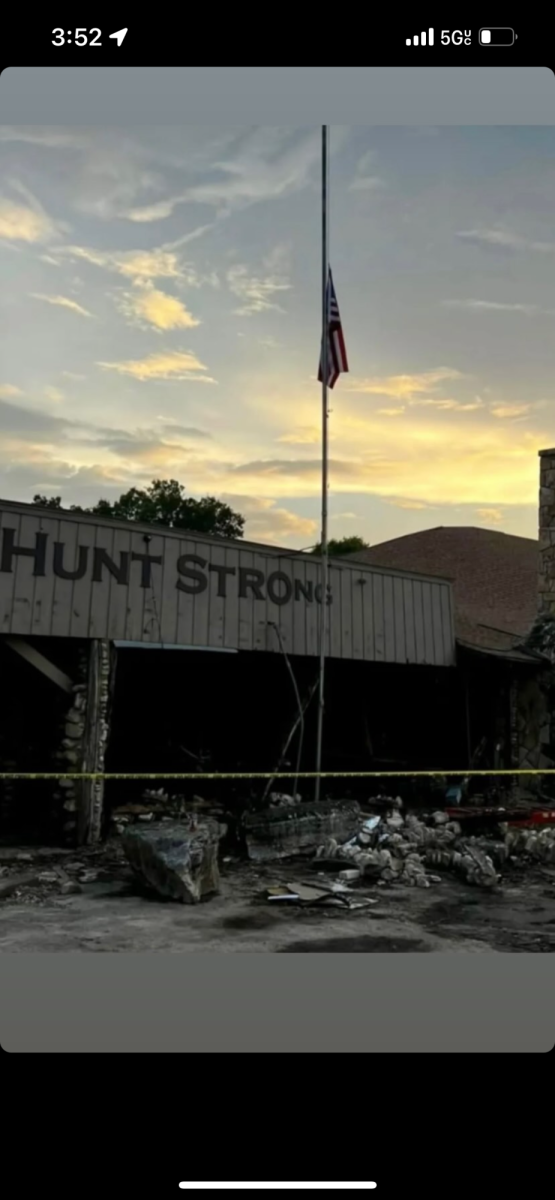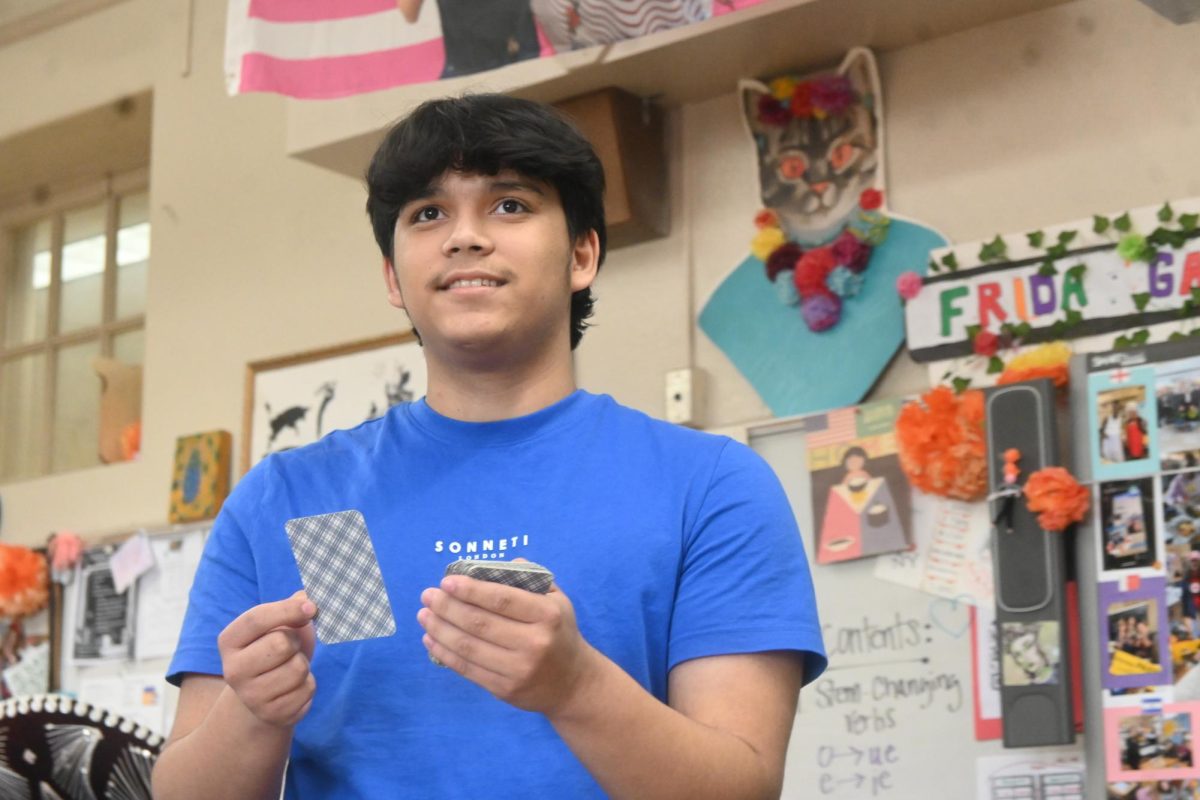
Taking and developing photos is a labor of love; it takes time, effort, care, and money to produce. Students this summer have taken to an older way of photography, shifting to digital or disposable cameras instead of their iphones. These students have pride in the photos they take, precisely because it does not meet the stereotypical professional standards, but rather it provides a nostalgic look associated with less detailed pictures.
On a trip this summer, senior Disha Ram decided to take after her friends and try to photograph the sights of her travels on a 35 mm FujiFilm disposable camera, causing her to focus more on the photos she took.
“I think [taking photos on film] requires you to be a lot more intentional,” Ram said. “I was more appreciative of beautiful things because I only had a finite amount of space to take photos.”
There are only 27 shots available on a single roll of film on one of these cameras. With only a small amount of space, you have to pick and choose what is worth taking a photo of.
Not only do you have to be selective with what photos are taken, but the process of obtaining the photos takes time and money. This makes them even more rewardable.
“It’s a whole process to get the [photos] developed. You have to work harder for them rather than just taking them on your phone. They mean a lot more because of that,” said Ram.
Sophomore, Lois Hookstra, has experience with photography because of her involvement in digital sports media class, however she prefers using her disposable camera as opposed to DSLR cameras, because of the unknown that comes with the disposables.
“With disposables, you don’t know what it’s gonna look like, and so there’s the mystery of that,” Lois Hookstra said.
Hookstra explained how disposable cameras limit the critical viewpoint we tend to take when looking at photos. Because film cameras limit multiple viewings and how many takes you can have, it creates purpose in the photos taken.
Junior, Vix Avilia, among others, tends to lean towards
using digital cameras, as opposed to her phone because it creates a more memorable experience.
“[Taking photos on digital and film] feels more permanent,” said Avilia. “It’s a lot simpler; I could just press a button, then I have the moment saved.” With digital cameras, students are allowed to be more present in the world around them. Sophomore, June Jiang felt that taking
photos on digital cameras lets her live in the moment, connected to the world around her, instead of being sucked into her phone.
“I was more focused on the moment and not what was happening on my phone,” sophomore, June Jiang, said.
This trend found its way into school events as well starting on Junior Takeover Day. Students passed around 35mm film cameras provided by the JTOD committee to capture various memories from the day.
“I felt like this would be a cute little flair, like a cherry on top,” said senior Allie Mareen, current student body vice president, who participated in planning JTOD.





